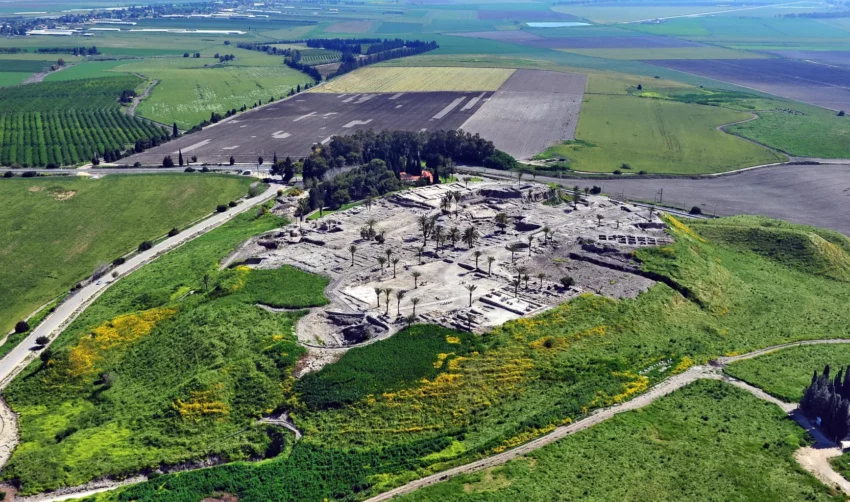Tel Megiddo: The Ancient City of Armageddon
Tel Megiddo, located in northern Israel, is an archaeological site of immense historical and theological significance. Known as Armageddon in the Bible, it sits at the western edge of the Jezreel Valley, southeast of Haifa. This site holds the remnants of the ancient city of Megiddo, which was an influential city-state during the Bronze Age and a royal city in the Kingdom of Israel during the Iron Age.
Get your dose of History via Email
Strategic Importance
Megiddo’s strategic position at the northern end of the Wadi Ara pass, overlooking the fertile Jezreel Valley, made it a critical junction for trade routes connecting Egypt with Mesopotamia and Anatolia. Its importance is reflected in the numerous battles fought there and its extensive historical layers.
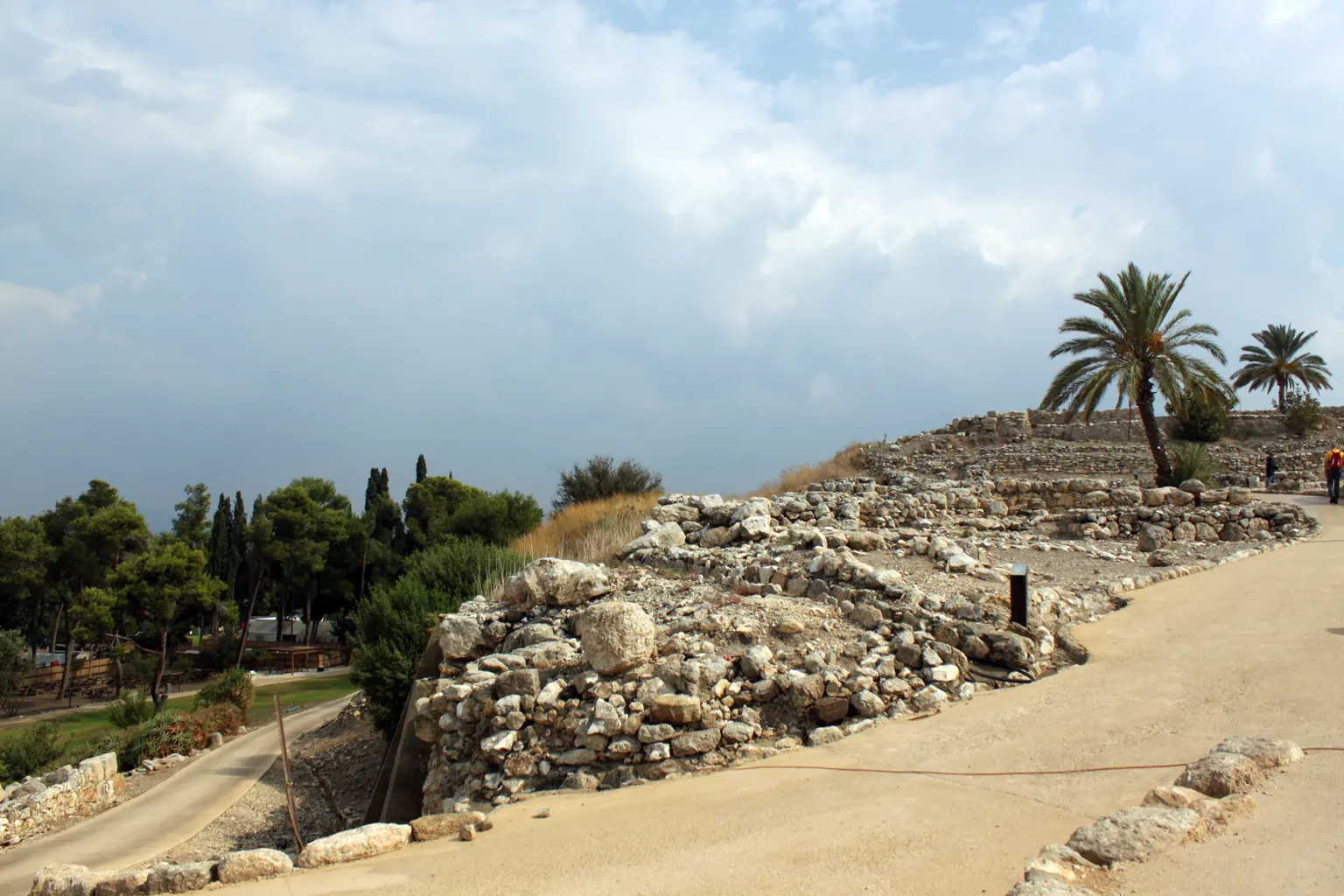
Archaeological Significance
Excavations at Tel Megiddo have revealed 20 strata of ruins dating back to the Neolithic period, showcasing a long history of settlement. This site is protected as Megiddo National Park and recognized as a World Heritage Site.
Historical Names
Megiddo has been known by various names throughout history. In Akkadian, it was Magiddu or Magaddu, while the Egyptians called it Maketi, Makitu, and Makedo. The Canaanites referred to it as Magidda and Makida. In Greek, it was known as Magedón or Mageddó, and in Latin, as Mageddo. The Book of Revelation mentions Armageddon, derived from the Hebrew Har Megiddo, signifying its prophetic significance.
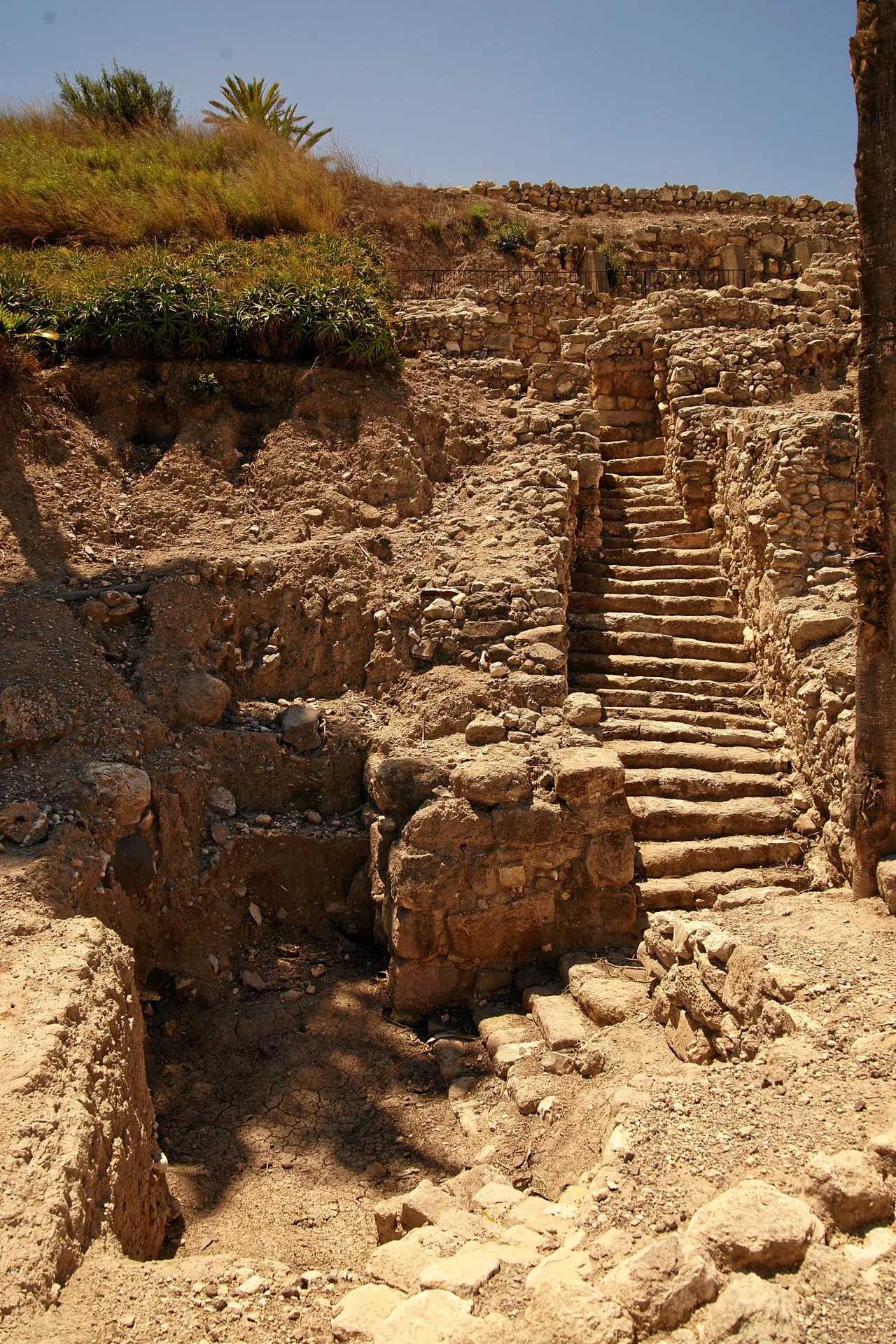
Early History
Megiddo’s history dates back to around 5000 BCE during the Neolithic period. Excavations have uncovered remains from the Yarmukian culture, including pottery, figurines, and flint items. The Chalcolithic period followed, with significant finds from the Wadi Rabah culture around 4500-3500 BCE.
Bronze Age Developments
Early Bronze Age
In the Early Bronze Age, Megiddo became an urban center. Excavations revealed a massive temple from around 3000 BCE, considered one of the largest structures of its time in the Near East. This temple highlights the emergence of urban life and city-state formation in the Levant.
Middle Bronze Age
By the Middle Bronze Age, around 1950 BCE, Megiddo had evolved into a major city-state. A royal burial dating to 1700-1600 BCE marks its peak of power before falling to Thutmose III’s Egyptian army.
Late Bronze Age
In the Late Bronze Age, Megiddo was a vassal of Egypt. The city prospered, and a significant government palace was built. Thutmose III’s conquest of Megiddo is one of the earliest recorded battles, emphasizing its strategic importance.
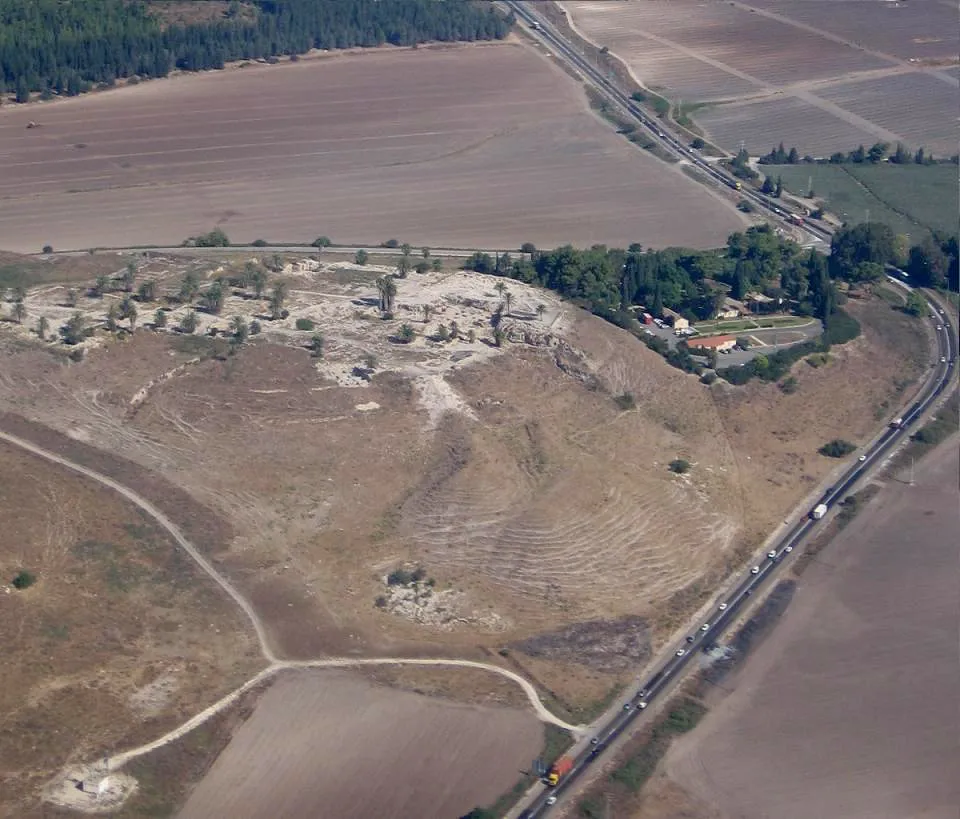
Iron Age Megiddo
Early Iron Age
Megiddo continued to thrive into the Iron Age, with significant Canaanite and Philistine influences. The city witnessed the rise of the Israelite Northern Kingdom, marked by new fortifications and urban developments.
Later Iron Age
By the 9th century BCE, rulers of the Israelite Northern Kingdom had enhanced Megiddo’s infrastructure, including palaces, water systems, and fortifications. The city fell to the Assyrians in 732 BCE, becoming a provincial capital. It saw further conflicts, including the Battle of Megiddo in 609 BCE, where Necho II of Egypt defeated King Josiah of Judah.
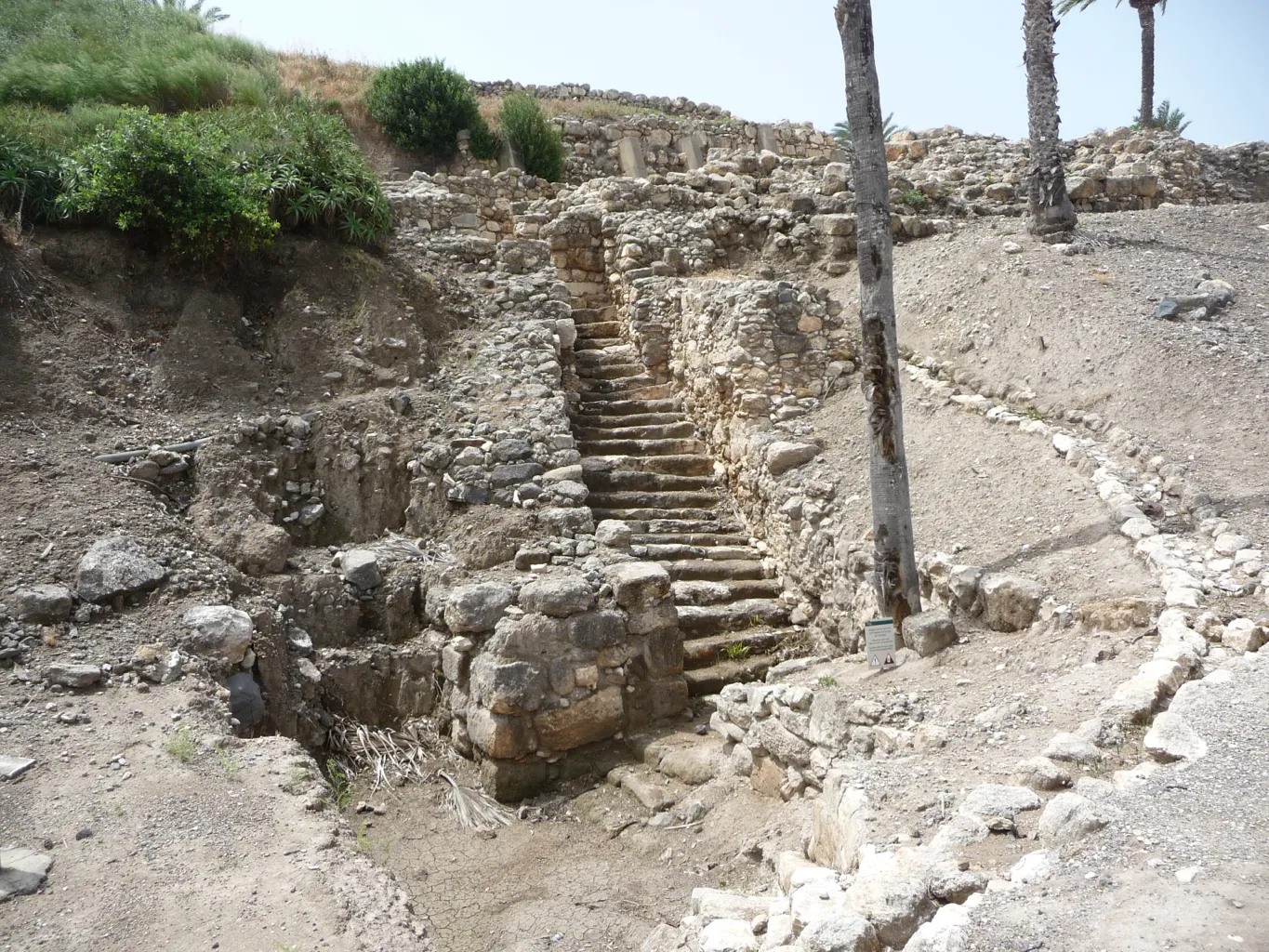
Modern Discoveries and Excavations
Excavations at Megiddo began in the early 20th century and continue today. Key findings include the “Great Temple” from the Early Bronze Age, impressive fortifications, and structures like stables initially thought to date from Solomon’s time but later attributed to the Omride dynasty. Recent discoveries include a Bronze Age tomb with evidence of ancient cranial surgery and a collection of jewelry from around 1100 BCE.
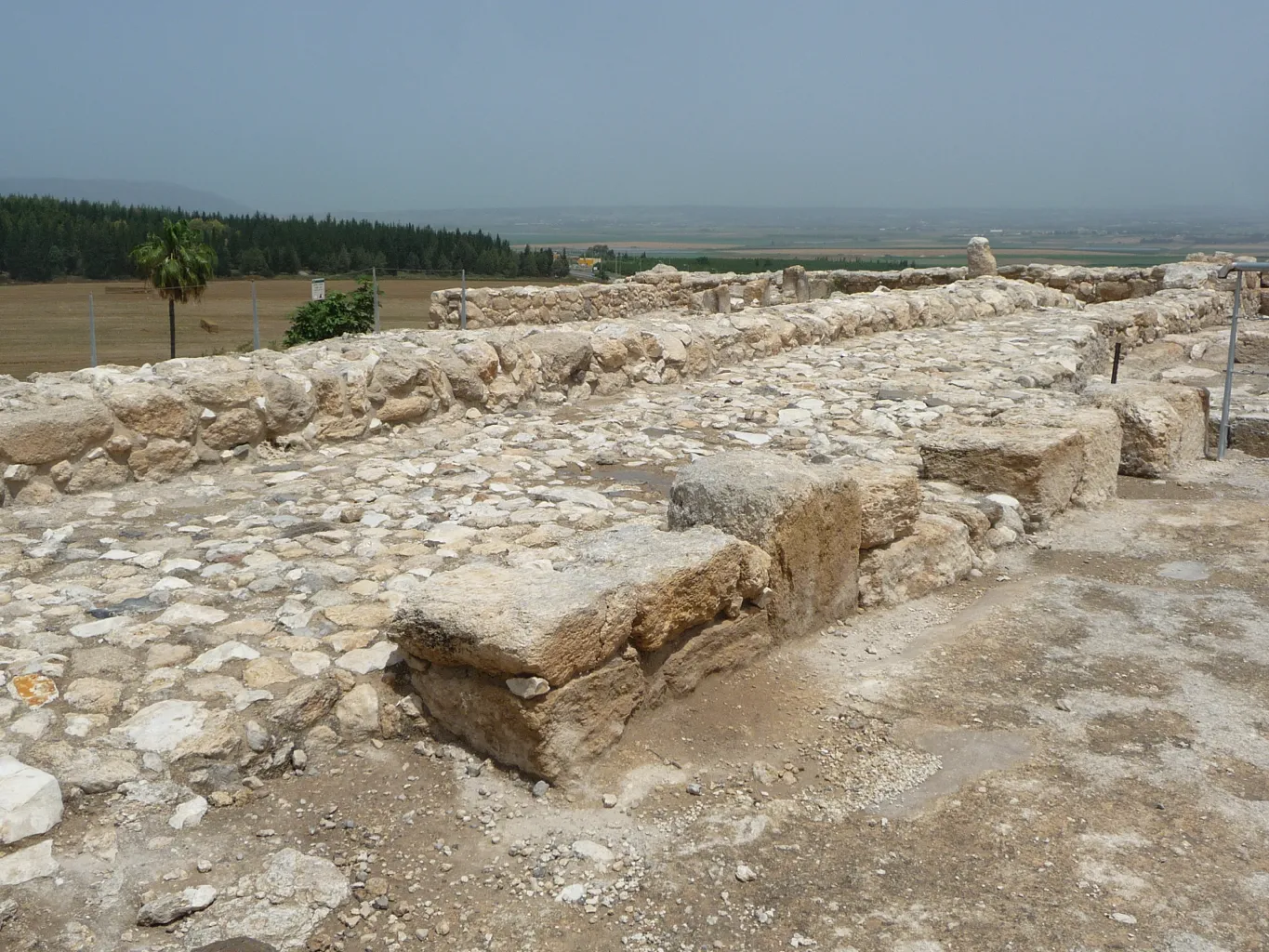
The Megiddo Church
Near Megiddo Junction, within the precinct of the Megiddo Prison, lies the Megiddo church, one of the oldest known churches, dating to the 3rd century. This site adds another layer of historical and religious significance to Megiddo’s rich legacy.
Conclusion
Tel Megiddo stands as a testament to ancient civilizations’ strategic, cultural, and theological importance. Its extensive archaeological findings provide valuable insights into the early urban development, trade, and conflicts that shaped the region. As a World Heritage Site, Megiddo continues to captivate historians, archaeologists, and visitors from around the world.
Sources:

